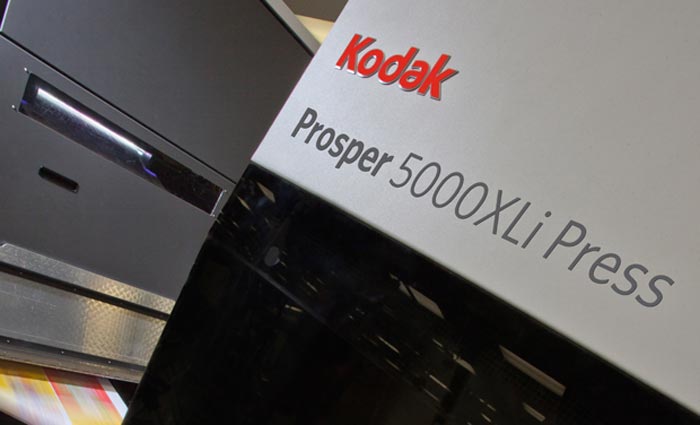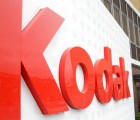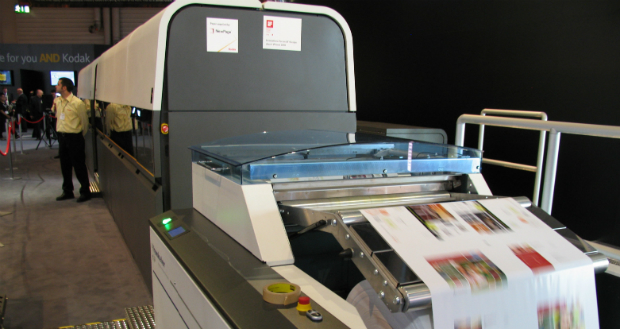
The company outlined its future strategy in its long-awaited reorganisation proposals.
Kodak also filed financial projections showing that it expects to achieve sales of US$2.6 billion ($2.5 billion) and EBITDA of US$200 million next year, rising year-on-year to US$3.2 billion turnover and US$500 million EBITDA by the end of 2017.
If approved by the courts and its creditors, the future Kodak business will be based around commercial imaging and organised into two segments.
The first business will be Graphics, Entertainment & Commercial Film, which includes the graphic arts operations encompassing plates, CTP, workflow and digital controllers, along with entertainment imaging and commercial film.
The second business unit will be Digital Printing & Enterprise, made up of the inkjet and electrophotographic digital printing operations, flexo packaging, functional printing and enterprise-level professional services.
Kodak’s plans include "achieving worldwide packaging leadership by 2016" in the US$250 billion global packaging market via its Flexcel platemaking system, which uses SquareSpot, and by introducing new digital printing solutions for packaging that use Stream technology.
It also expects to grow the market penetration of its Prosper inkjet press by expanding OEM arrangements and moving into new markets.
[Related: Kodak Australia 'profitable']
Kodak plans to start manufacturing Prosper presses in Asia "to accelerate cost reductions and better serve growth markets".
The company aims to develop a significant business in functional printing, such as touchscreens, fuel cells and smart packaging materials using SquareSpot know-how for deposition technology.
In the statement, Kodak said that new products for direct printing applications in functional and packaging printing had been in development for the past three years, and were "ready for market introduction in 2014".
If all goes to plan the proposals could be rubber-stamped by mid-June, with Kodak likely to emerge from Chapter 11 in the third quarter of the year.
The likely return to Kodak’s general unsecured creditors, owed US$2.7 billion, is still unspecified but is described as being "better than liquidation" which would involve a zero payout.
These creditors would receive a share of 40 million shares to be issued in the new Kodak business. Existing shareholders would be wiped out.
The small print of the filing reveals that in order to proceed with the sale of its Personalised Imaging business Kodak has also agreed a Fujifilm claim, made pre-Chapter 11, for US$70 million relating to a cross-licensing deal.
Kodak is yet to specify the make-up of its post-Chapter 11 senior management team, so it is not yet known whether chief executive Antonio Perez will remain with the business.
He described the emergence plan as "clear evidence of the outstanding dedication and innovative spirit of the people of Kodak in serving customers worldwide and in supporting the company’s transformation to a commercially-based business."
[Related: More international news]
This article originally appeared at printweek.com
Comment below to have your say on this story.
If you have a news story or tip-off, get in touch at editorial@sprinter.com.au.
Sign up to the Sprinter newsletter



